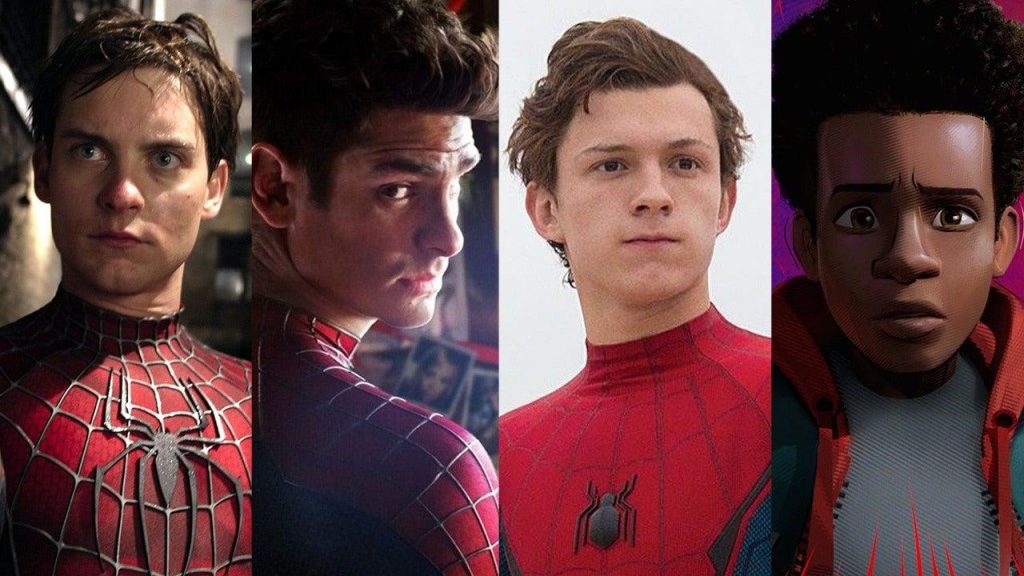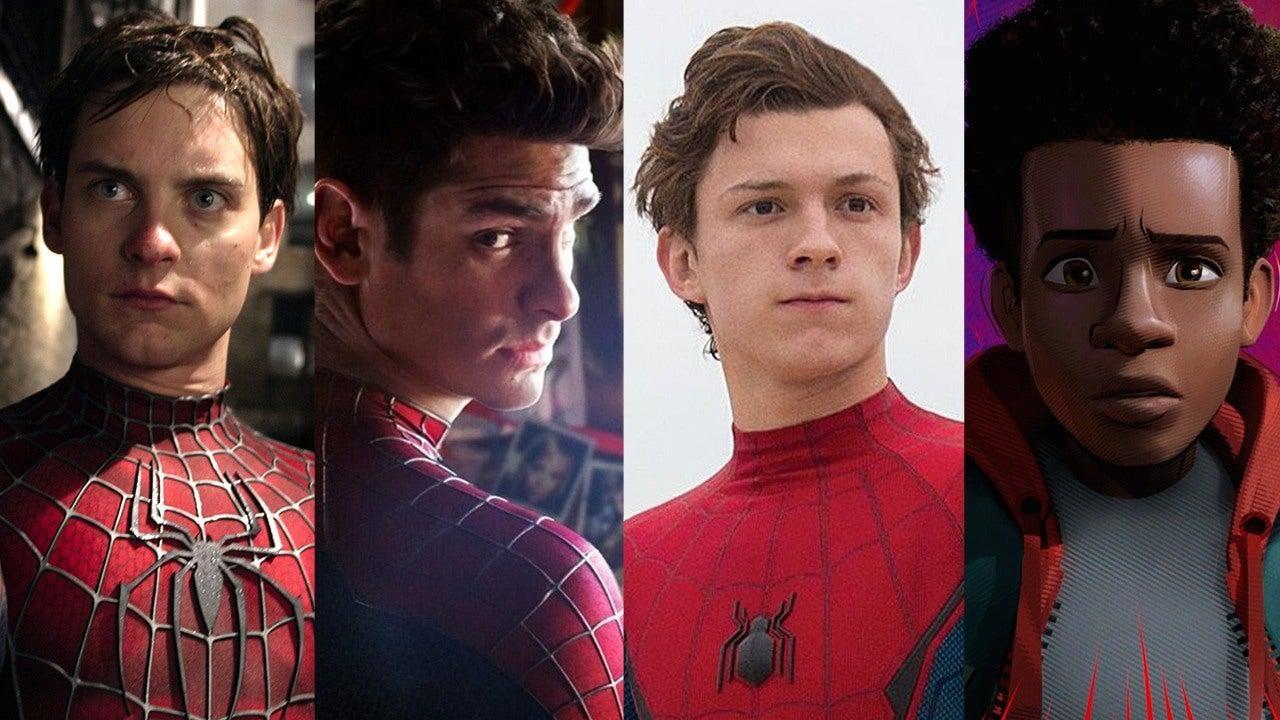
Following the rights to Spider-Man among major movie corporations
By Craig Allan, Contributor
This month sees the return of the web-slinging wall crawler known as Spider-Man to the big screen in Spider-Man: Far From Home. Spider-Man by far has the biggest presence of any comic book character around today. With his many film appearances dwarfing every other comic book character, we have to ask: Why so many Spider-Men?
The question is understandable. Spider-Man’s seven live-action solo films (the made-for-TV movies from 1977 to 1981, and the Japanese adaptation, which did receive a sparse theatrical release in various regions, are not included in this total) puts him only behind Batman for the most solo films from a comic book character. However, it took Batman over 40 years to get to seven films, while Spider-Man has done it in 18 years. The reason for this oversaturation of Spider-Man films stems from a rights deal made by the hero’s publisher Marvel in a time where they were exiting out of bankruptcy. These rights deals saved the company and helped them build to the movie-making behemoth that they are today—but Spider-Man has been, for better or worse, a lasting side effect of this company-saving move.
In 1996, Marvel Comics declared bankruptcy and was bought by a toy company called ToyBiz. To get the company out of bankruptcy and profitable again, head of the company Avi Arad felt the best way to save Marvel was to sell the film rights to some of its most popular characters to various studios. This meant that characters and franchises like Daredevil, Fantastic Four, and Spider-Man, among others, would be leased out to these studios. These deals ushered in a new era for comic book movies but affected the way Marvel would be able to use their characters in films for years, with Spider-Man being one of the biggest lynchpins.
Sony was the company that bought the rights to Spider-Man during the selloff of Marvel’s character rights. The subsequent three Spider-Man films, directed by Sam Raimi, were not only popular but were one of the biggest film franchises Sony had. However, after the third film the series fell apart, and a fourth film was cancelled due to the departure of franchise director Raimi.
Just because Sony was no longer making Spider-Man films, it did not mean that they would get to keep the rights indefinitely. When Marvel sold these rights, many of the contracts had clauses that said if the studios did not make any films with the property over a certain period, the rights would revert back to Marvel. With the character’s popularity still strong, and Marvel starting its own film studio to make movies out of the characters they still held the rights to, Sony did not want to let their claim to the fan favourite character go. So in 2012, while Marvel Studios was releasing The Avengers with the characters it had not sold off to other studios, Spider-Man was at it alone in a reboot of the franchise by Sony called The Amazing Spider-Man. Much like the previous movies, The Amazing Spider-Man was a hit. However, Sony began to see the effects of franchise fatigue hit their venerable superhero franchise: The 2014 sequel, The Amazing Spider-Man 2, finished below film expectations and led Sony to make an unprecedented deal.
In 2015 Sony leased out the character, and a selection of preapproved villains, to Marvel Studios and its now-owner, The Walt Disney Company. In this deal, Marvel Studios would make solo Spider-Man films for Sony, which Sony would receive all the profit from, while Disney would get the use of the character for other team-up movies, from which Sony would not receive any profit. With the deal struck, Spider-Man appeared less than a year later in the 2016 film Captain America: Civil War, and then in the 2017 film Spider-Man: Homecoming.
While Disney now had control of the web-slinging hero, they did not have the rights to all the associated characters. Sony still retained the rights to many of Spider-Man’s villains and any animated versions of the character. With this in mind, Sony made the decision that they were going to create a cinematic universe, the “Sony’s Universe of Marvel Characters” (SUMC), consisting entirely of Spider-Man’s villains and minor characters. The first film released in this franchise was Venom, in 2018. Later that year, Sony released a theatrical animated film based on the character called Spider-Man: Into the Spider-Verse.
With so many films, and the continued popularity of the character, it does not seem like the arachnid superhero is going to be leaving the big screen any time soon. The room for Spidey to swing through the big-screen film industry seems endless.

